bodyparts
Bringing Paralympic representations to life through art
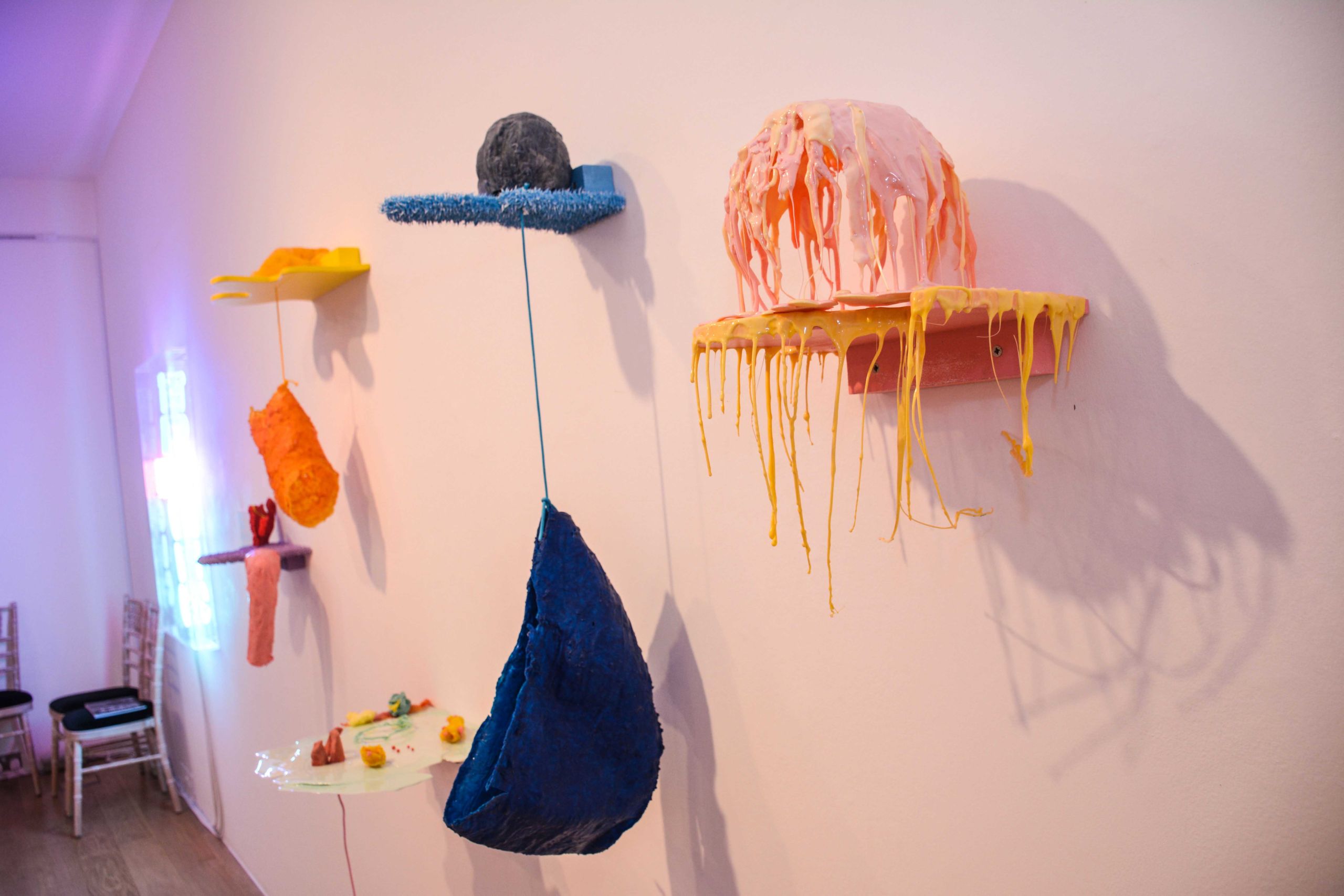
Walking into the gallery space at Asia House in London, you're greeted by a sculpture of Superman on prosthetic legs. Neon lights shine behind you, spelling out 'Tragic' and 'Brave' while a sound installation talks you through a dystopian future talent show where augmented voices are disqualified.
This is bodyparts.
Through art and mixed media pieces, the exhibition has brought to life research into perceptions of disabled sport.
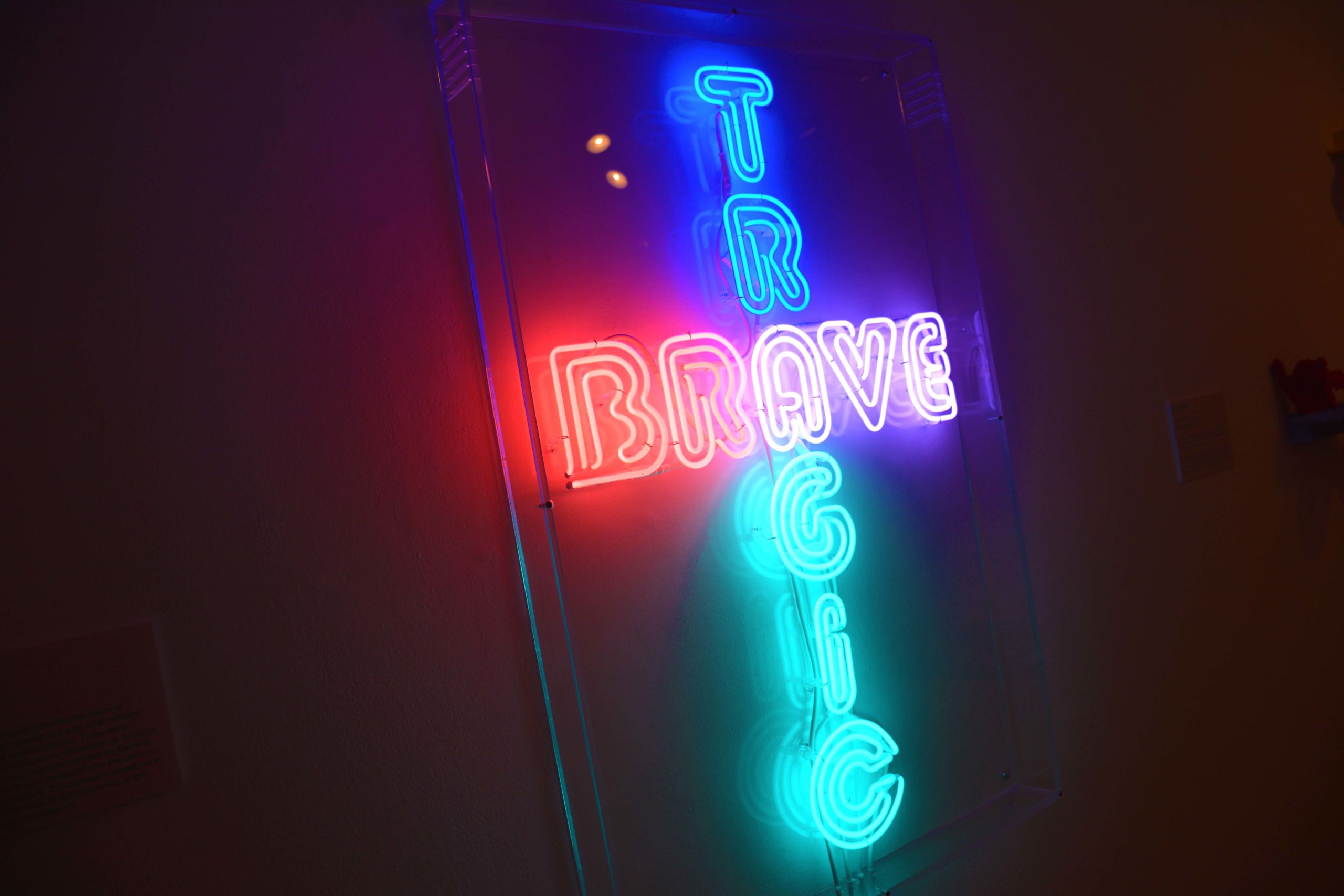
The research, funded by the Arts and Humanities Research Council (AHRC), examined how media coverage of para-sport shapes public attitudes or influences the everyday lives of disabled people.
‘Re-presenting para sport bodies: Disability and the cultural legacy of the Paralympics’ looked at the London 2012 and Rio 2016 Games in order to understand audience interpretations of disabled bodies and how they were represented through the media.
Conducted by Bournemouth University, Loughborough University, University of Bath and Western University in Canada; the research explored how disabled bodies had been represented through the major sporting events and how attitudes towards disabilities had changed through increased television and media exposure.
The research found that Paralympic representations of disability representation can and do effect positive social change with respect to disability awareness and visibility.
But there remains some distance to travel to eliminate some forms of exclusion, disempowerment, and marginalisation. These challenges remain particularly important related to less ‘palatable’, ‘aesthetically pleasing’, or less visible disabilities.
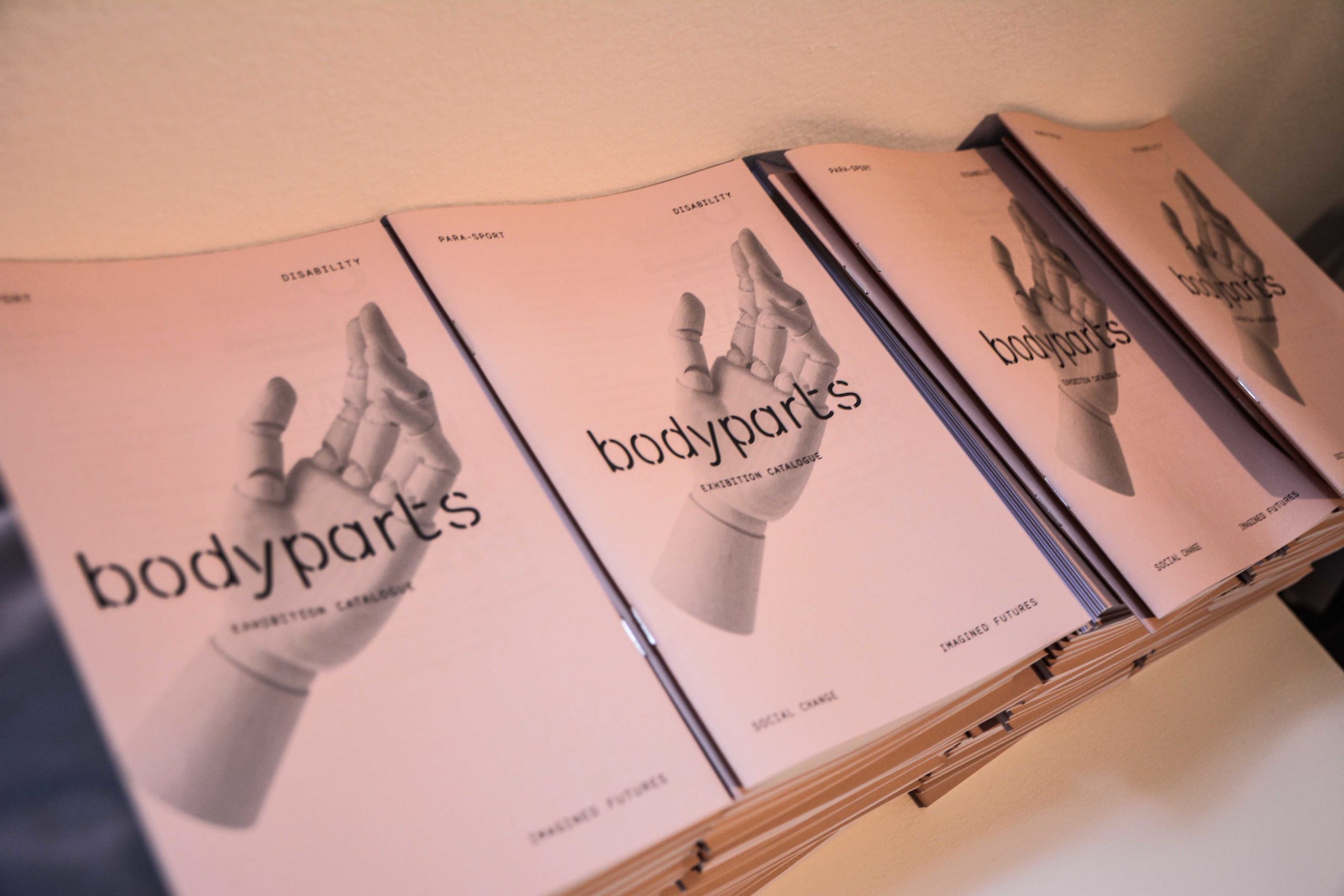
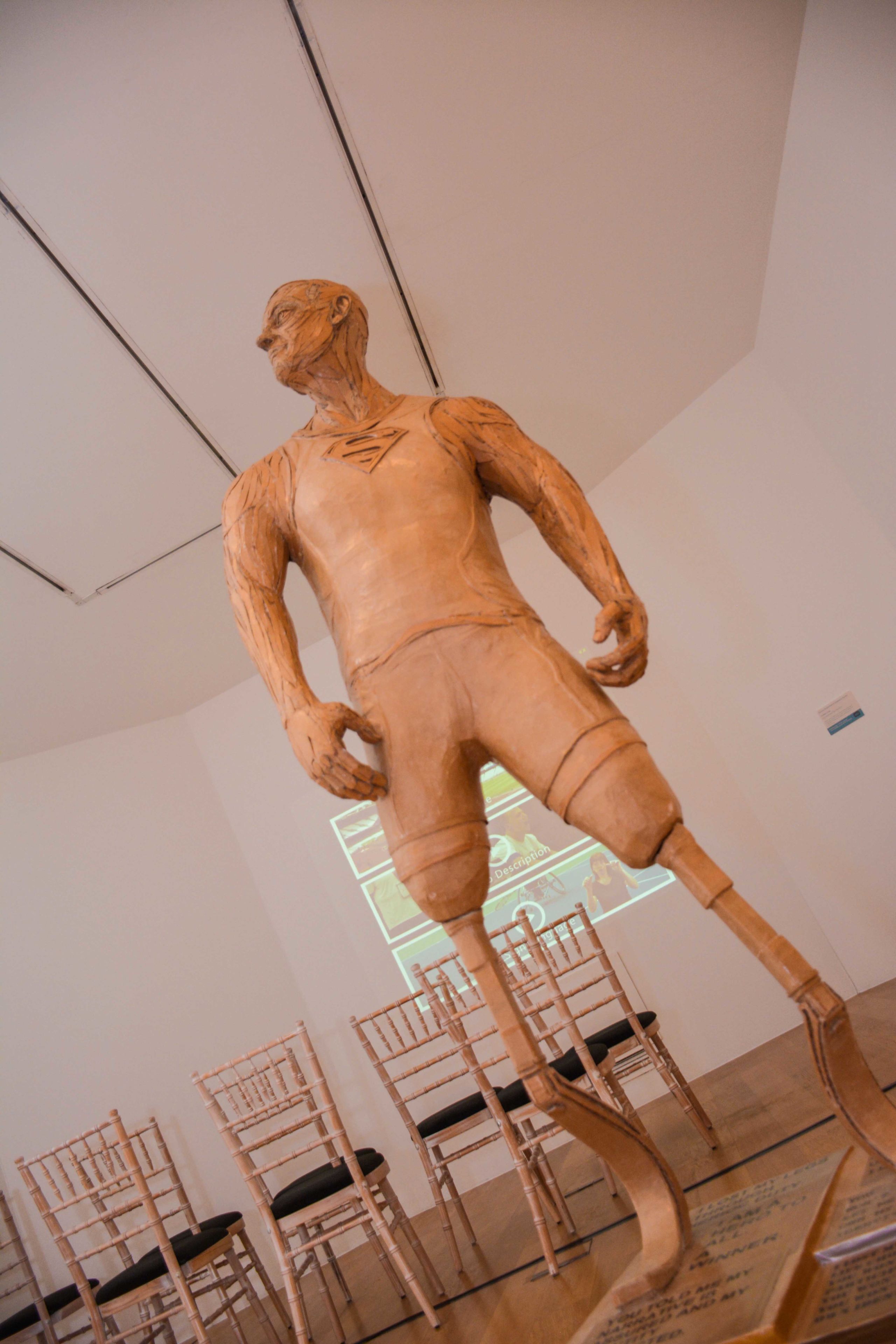
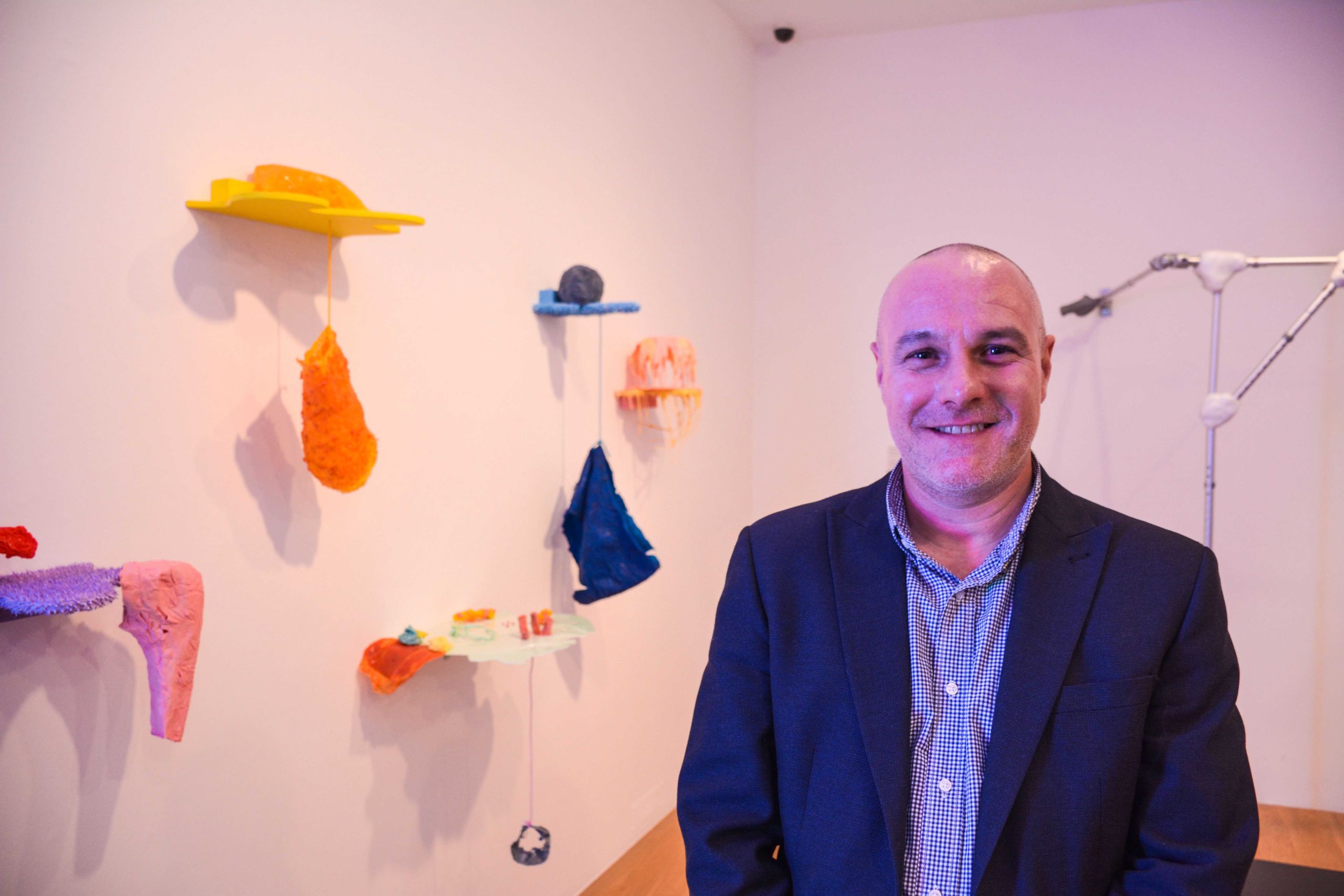
Professor Michael Silk
Professor Michael Silk
Professor Michael Silk, Deputy Dean for Research and Professional Practice in BU's Faculty of Management led the project.
"We had over 1,000 hours of data from members of the public which was responding to Paralympic coverage from 2016 and 2012," he said.
"This exhibition is an interpretation of that data by a whole variety of artists who have taken the words of the general public and brought them alive.
"They have given them a feeling, given them an emotion and given them a real sense of purpose in terms of being able to engage the senses – to touch, to listen to the exhibitions, to immerse ourselves in them."
The exhibition mixed sculpture, sound, performance and visualisation to create an interactive interpretation of the research through art, with disabled and non-disabled artists invited to take part.
Among those who exhibited were Tony Heaton OBE, with light installation Tragic/Brave; sculptor James Lake whose Meet the Superhuman! Putting Them on a Pedestal sculpture presented media constructions of disabled people as 'superhuman'; and Ellie Niblock, who exhibited coloured and textured latex casts of different body parts taken from people with disabilities in her installation Superhuman.
Visitors could also explore the visual landscape of the disabled body through immersive VR film The Body of the Gods by DYSPLA; and watch a preview of feature length documentary Parallel Lines, created by BU's Professor Kerstin Stutterheim, Stephanie Farmer and RedBalloon Productions, which follows Paralympic athletes as they train and compete.
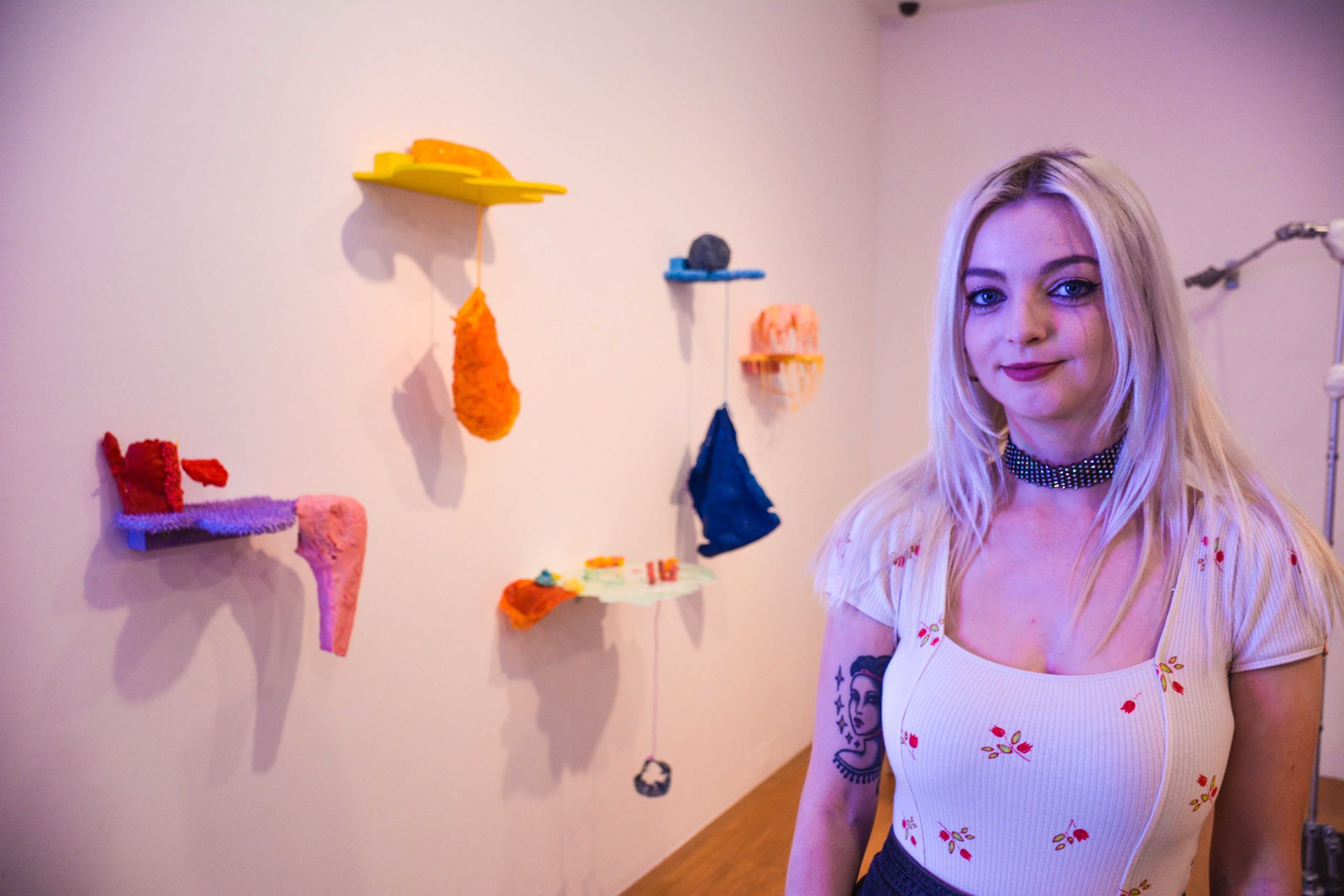
Artist Ellie Niblock with 'Superhuman'
Artist Ellie Niblock with 'Superhuman'
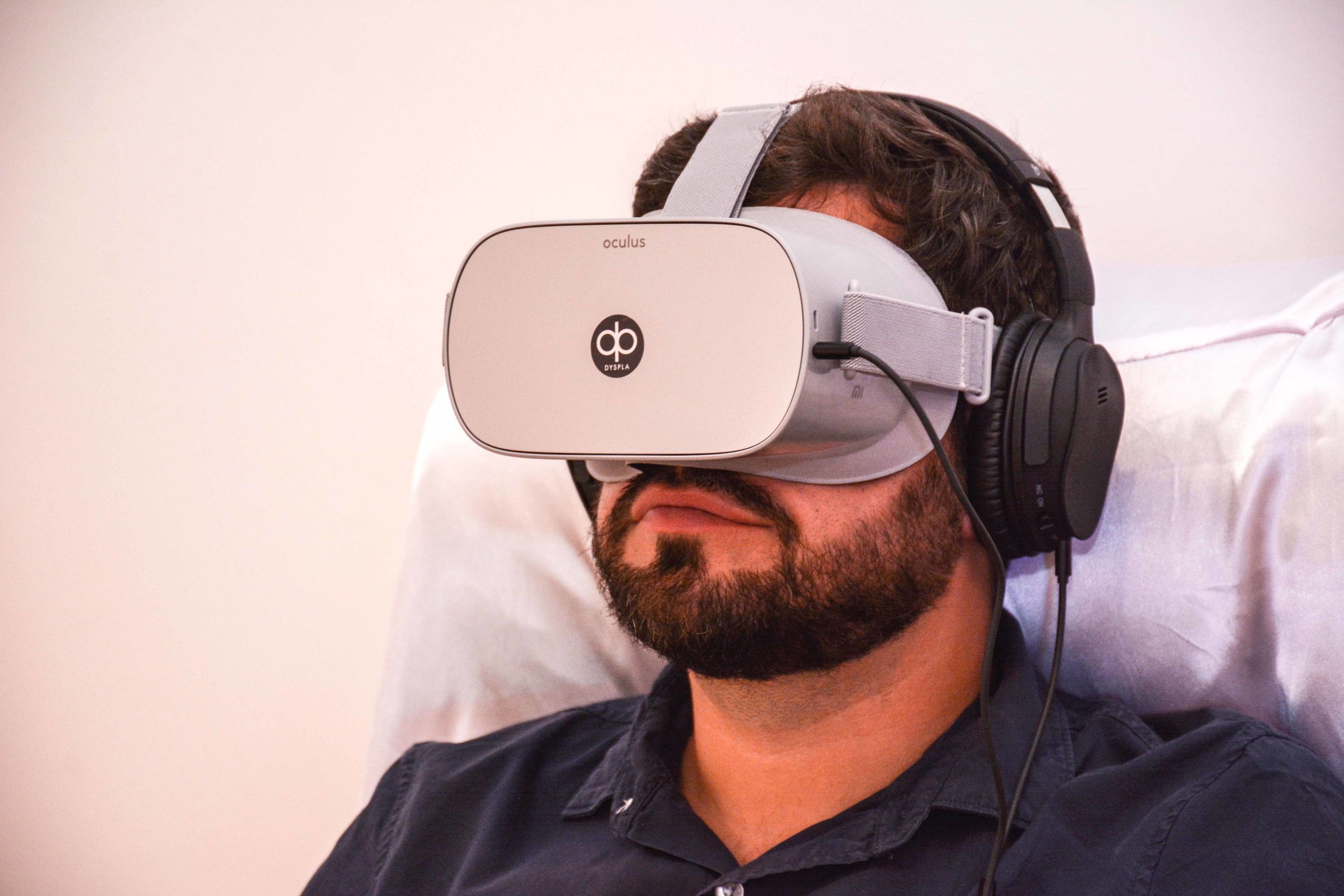
VR exhibit Body of Gods
VR exhibit Body of Gods
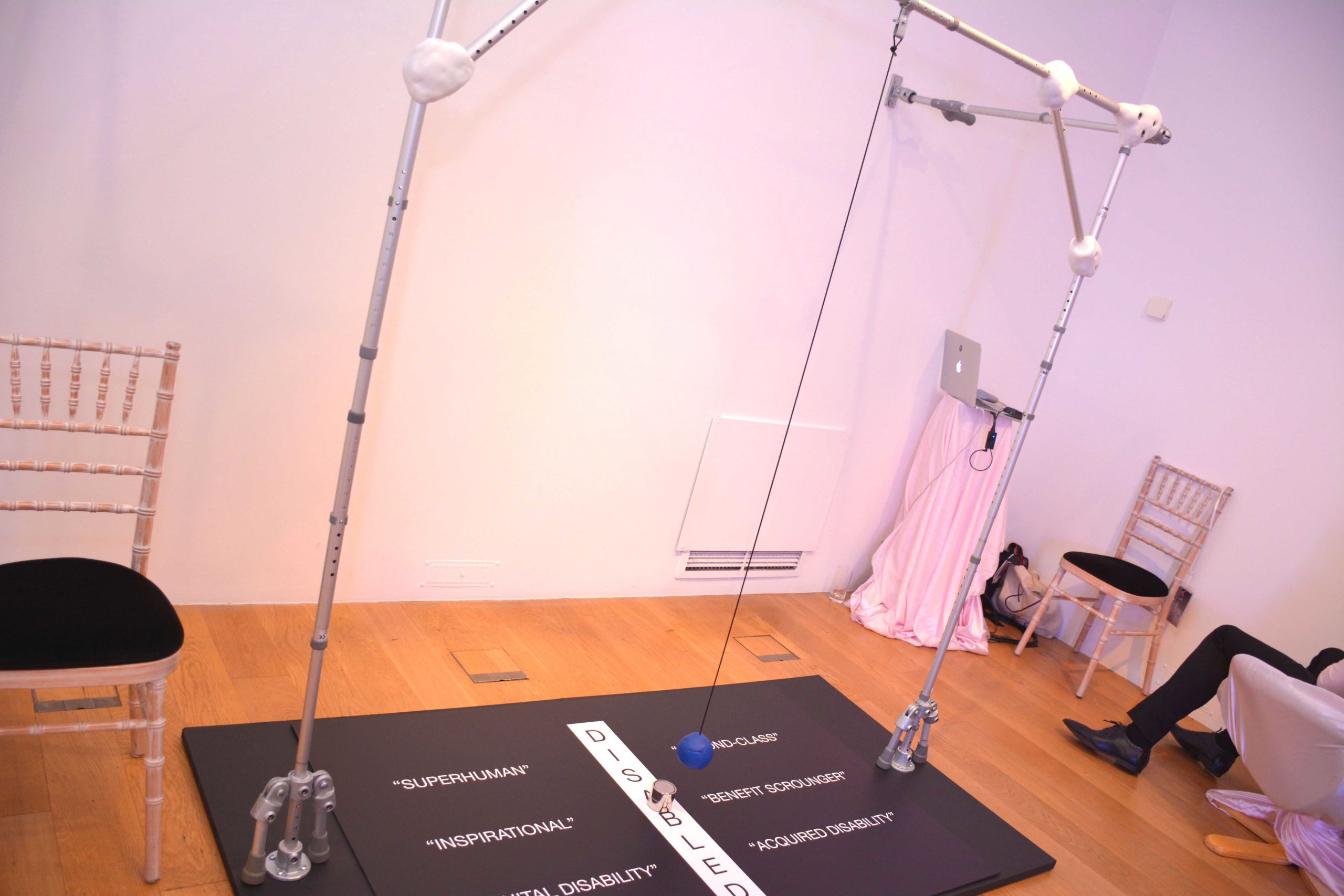
Akathisia interactive sculpture
Akathisia interactive sculpture
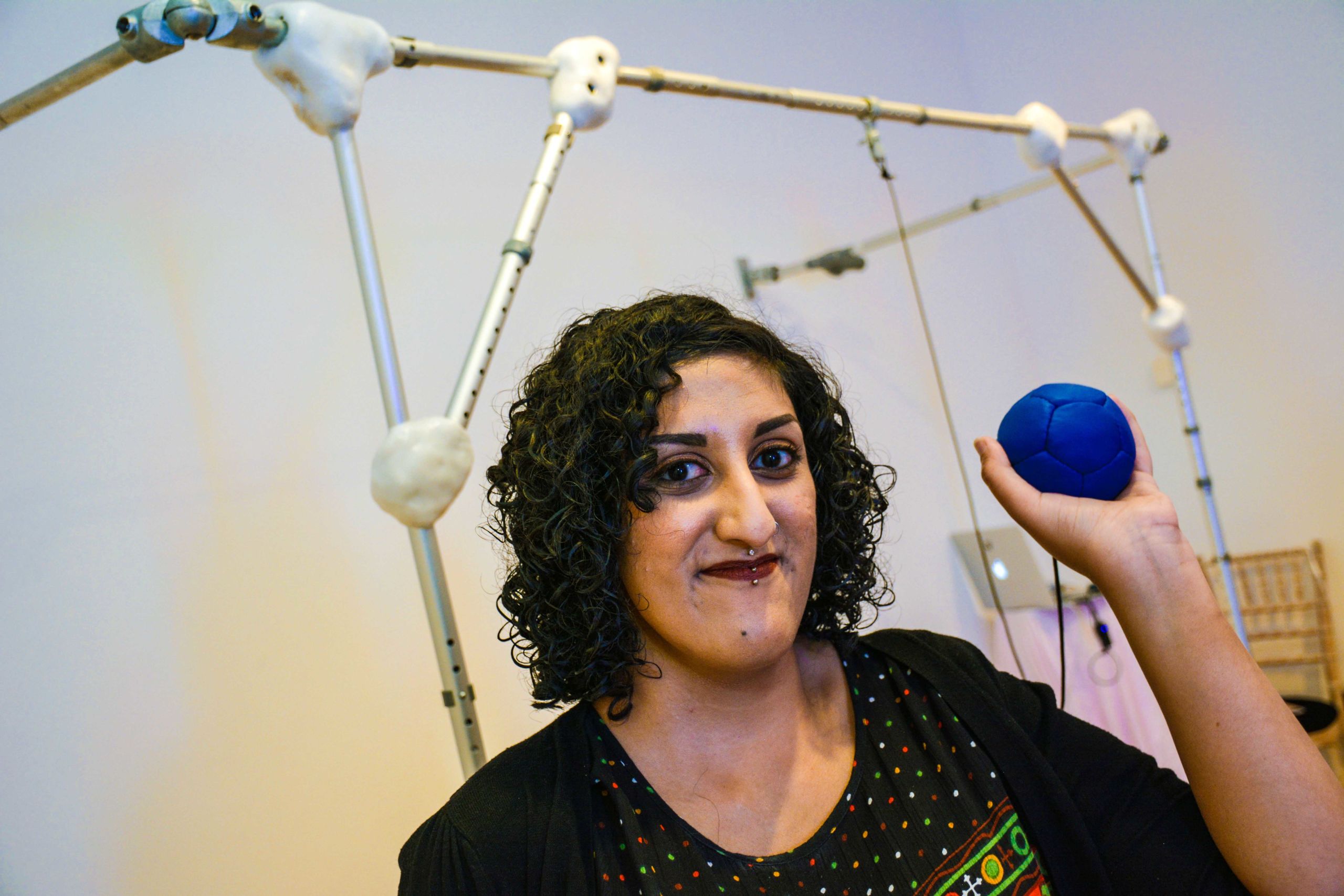
Artist Aminder Virdee
Artist Aminder Virdee
Artist Aminder Virdee exhibited her interactive sculpture Akathisia, which was constructed around her interpretation of the research findings.
The piece was constructed from a frame of crutches, with a pendulum device - made up of a boccia ball, a Paralympic sport - swinging between different terms related to views of disability.
"One thing that became quite clear were the opposing views of disability," she said.
"What came to mind was how the public swing back and forth, from one extreme to another.
"For example, during the 2012 Paralympics, one minute the Paralympics were on TV which were inspirational and superhuman and the next minute on the news was how disabled people were benefits scroungers.
"The pendulum aims to show that extreme, swinging from one side to another."
"It's really important we translate our research findings into something that the public can engage with."
Dr Emma Pullen, Post-Doctoral Researcher
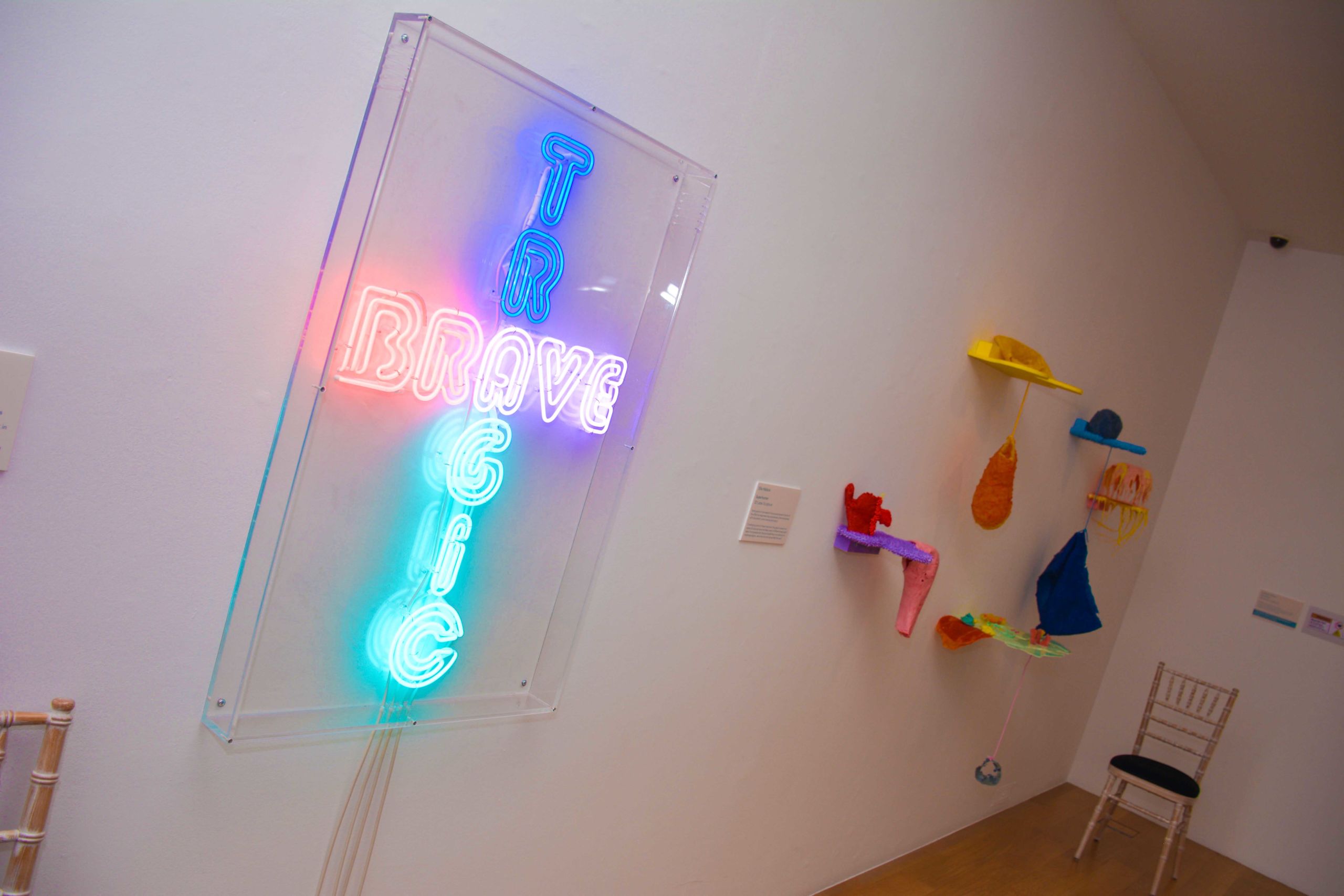
The exhibition, which ran from 2 - 5 July 2019 at Asia House in London, aimed to bring the findings of the research project to life, and allow the public to engage with and reflect on the findings in diverse and accessible ways.
"It brings the findings away from academic journals and into the public domain," said Dr Emma Pullen, who was a Postdoctoral Researcher on the project and is now a lecturer at the University of Loughborough.
"The artworks are so diverse - they have interpreted the findings in so many different ways, which is great to see.
"It's really important to make sure that we translate our research findings into something that the public can engage with and also to create works that form a point of reflection, to allow people to really think about disability in different ways."
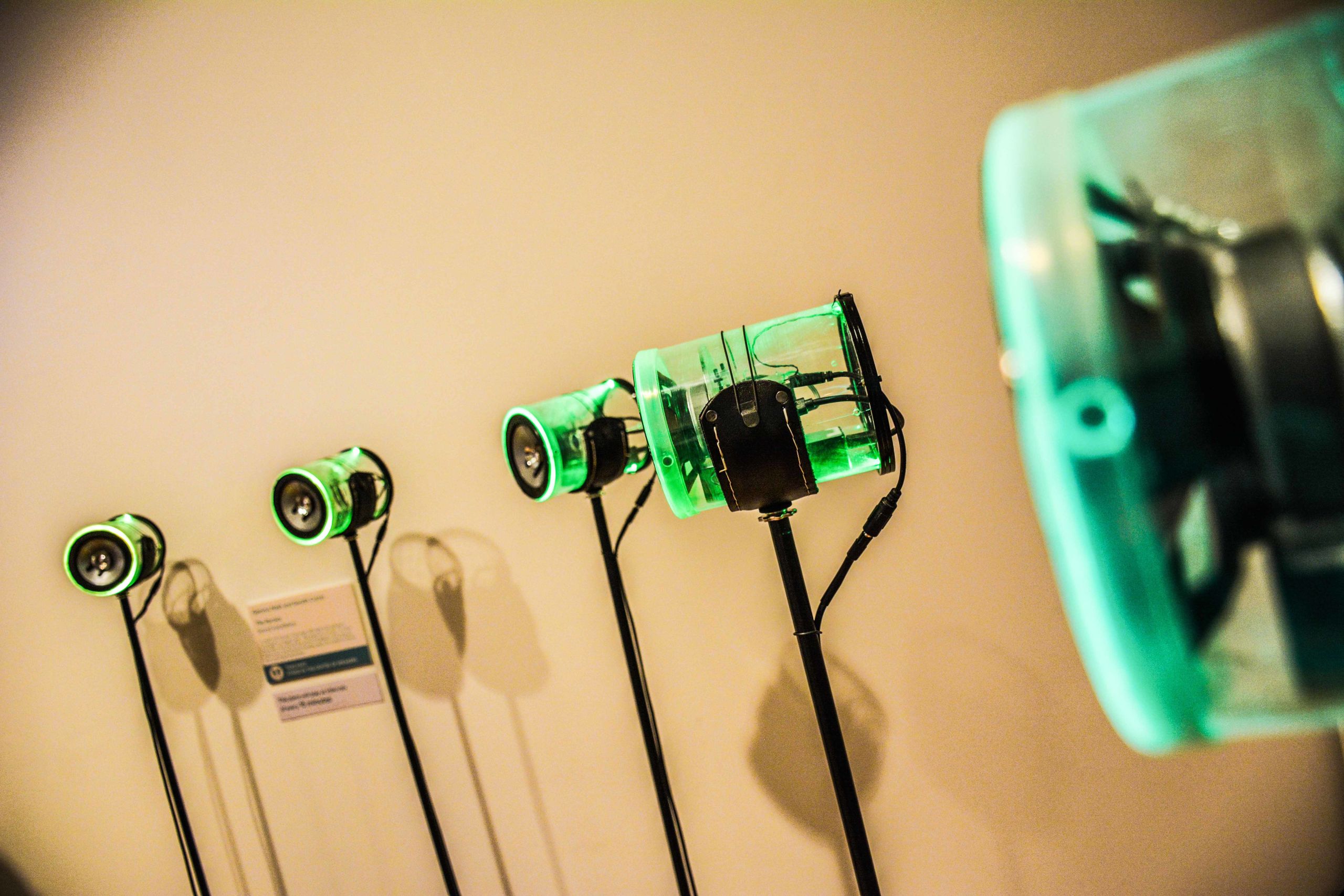
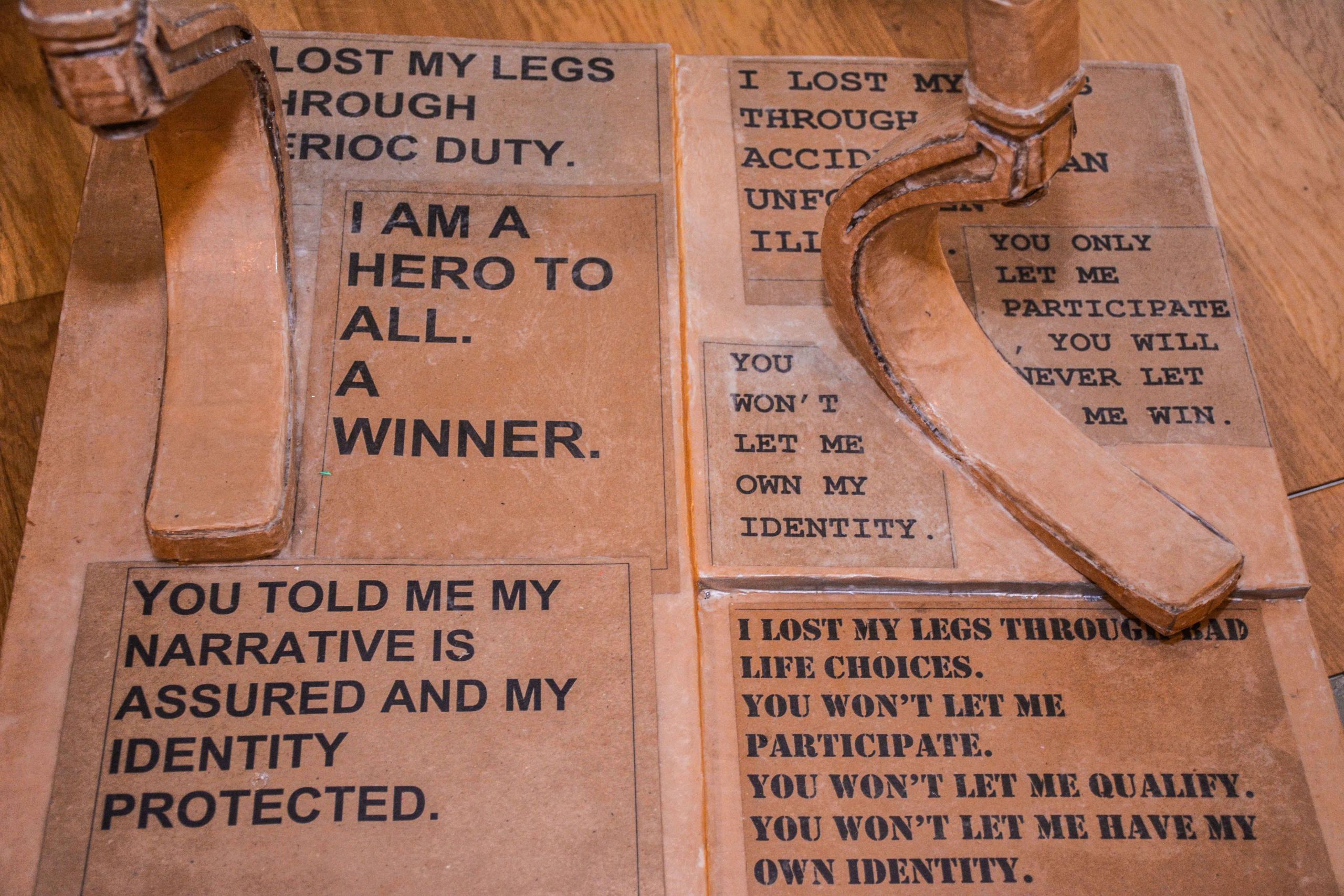
A report, with the full findings of the research project has been produced alongside the exhibition, which draws conclusions about what needs to be done to see disability properly represented in the media, and through major sporting events, to feed positive public perception around disability in an impactful way.
Find out more about the project.
Launch event for the bodyparts exhibition
Launch event for the bodyparts exhibition
